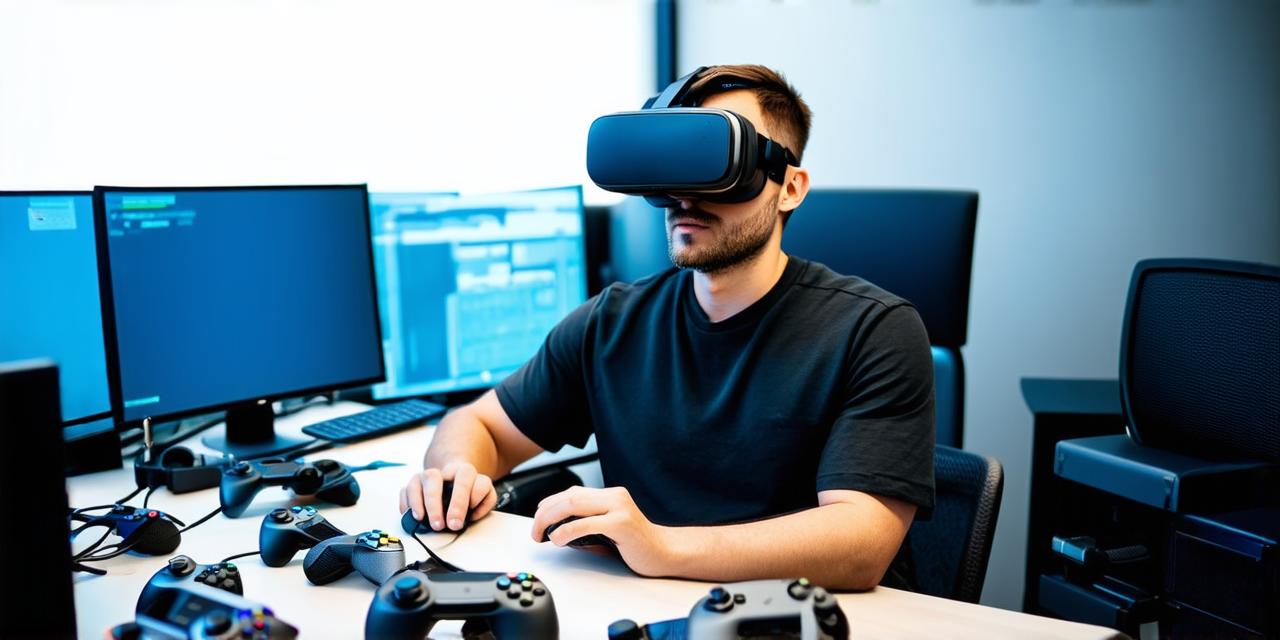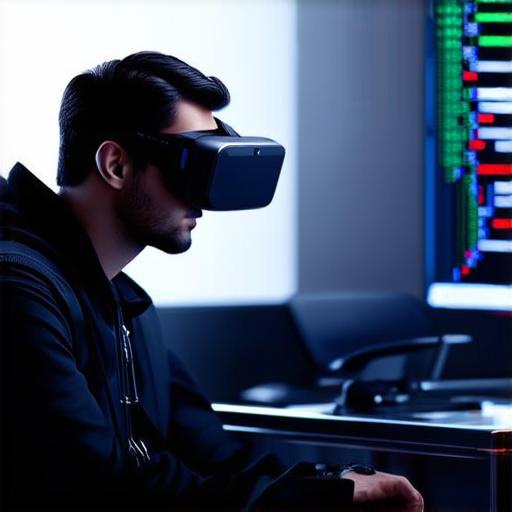
What are the responsibilities of a virtual reality developer?

Introduction:
Virtual reality (VR) technology is rapidly changing the way we interact with digital content and each other. With the growth of VR, there has been an increasing demand for skilled developers to create immersive experiences that captivate users.
1. Designing Immersive Experiences:
Virtual reality developers are responsible for designing immersive experiences that transport users into a digital world. This requires an understanding of user behavior, psychology, and design principles. Developers must create interactive environments that feel natural and intuitive to users while also achieving their desired goals. They must use techniques such as spatial audio, haptic feedback, and 3D graphics to create a compelling and realistic experience.
1. Programming:
Virtual reality developers are responsible for programming the software that powers VR applications. This includes writing code for the user interface, game logic, and rendering engines. They must have a strong understanding of programming languages such as C++ and Unity to create efficient and optimized code. Additionally, they must be familiar with specialized tools and platforms such as Oculus or HTC Vive.
1. Testing and Debugging:
Virtual reality developers are responsible for testing and debugging their applications to ensure that they function correctly and provide a smooth user experience. This involves identifying bugs and errors in the code, fixing them, and ensuring that the application is compatible with different VR devices and hardware configurations. They must also test the application under various conditions to ensure that it works reliably and efficiently.
1. Collaboration:
Virtual reality developers work closely with other members of the development team, including designers, artists, and project managers. They must communicate effectively with these individuals to ensure that their needs are met and that the project stays on track. This requires strong communication skills and the ability to work collaboratively in a team environment.
1. Staying Up-to-Date:
Virtual reality technology is constantly evolving, and developers must stay up-to-date with the latest advancements to create cutting-edge applications. This involves attending conferences, reading industry publications, and participating in online forums and communities. Developers must also be willing to learn new skills and adapt to changing technologies to remain competitive in the VR development industry.
1. Case Study:
Virtual reality developer John has been working on a new VR game for several months. His responsibilities include designing the game’s immersive environment, programming the software, testing and debugging the application, and collaborating with the design team. To ensure that the game is successful, John must create a compelling and realistic experience that engages users and keeps them coming back for more.
John starts by researching current VR trends and technologies to determine what features will be most effective in his game. He then creates wireframes and prototypes of the game’s environment, testing different layouts and designs to ensure that they are engaging and intuitive for users. Once he has a solid design, John moves on to programming the software, writing code for the game’s logic, rendering engines, and user interface.
During development, John tests the game under various conditions to identify bugs and errors in the code. He works closely with the design team to ensure that their needs are met and that the project stays on track. When the game is complete, John collaborates with the marketing team to create a launch plan that will generate excitement and interest among potential users.
Conclusion:
Virtual reality developers play a crucial role in creating immersive experiences that captivate users and push the boundaries of what’s possible in digital technology.


